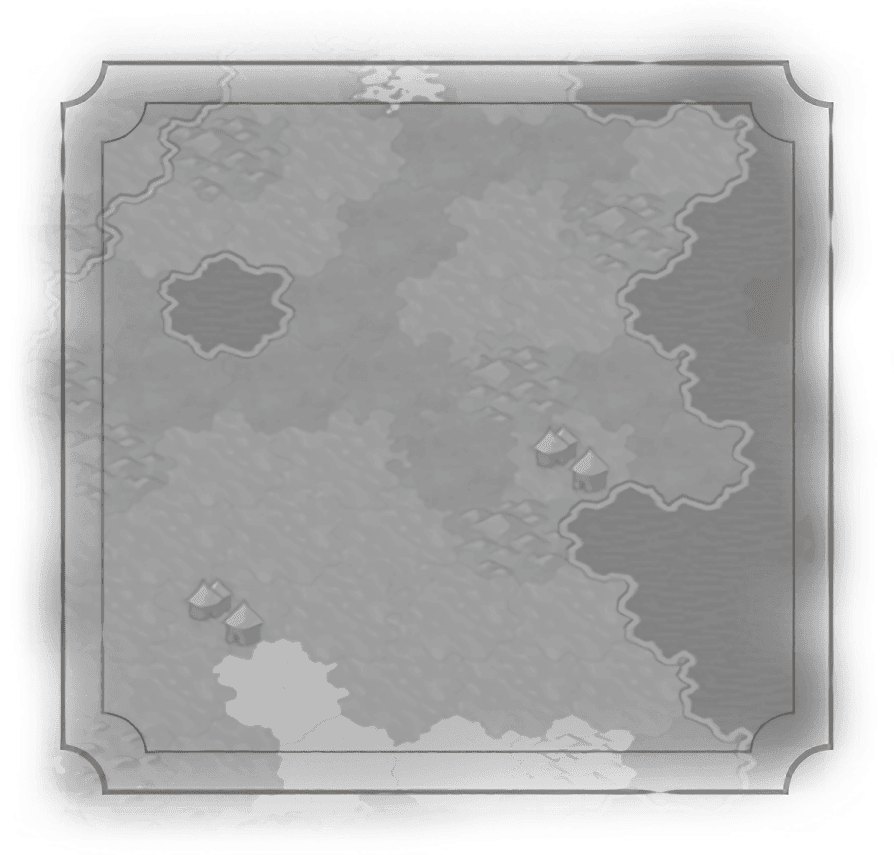Improvements
Airstrip
Alcázar
Barricade
Batey
Cahokia Mounds
Camp
Château
Chemamull
City Park
Colossal Head
Corporation
Farm
Feitoria
Fishery
Fishing Boats
Fort
Geothermal Plant
Golf Course
Great Wall
Hacienda
Ice Hockey Rink
Industry
Kampung
Kurgan
Lumber Mill
Mahavihara
Mekewap
Mine
Missile Silo
Mission
Moai
Modernized Trap
Monastery
Mountain Tunnel
Nazca Line
Nubian Pyramid
Offshore Oil Rig
Offshore Wind Farm
Oil Well
Open-Air Museum
Outback Station
Pā
Pairidaeza
Pasture
Plantation
Polder
Qhapaq Ñan
Quarry
Reinforced Barricade
Rock-Hewn Church
Roman Fort
Seaside Resort
Seastead
Ski Resort
Solar Farm
Sphinx
Stepwell
Terrace Farm
Trading Dome
Trap
Vampire Castle
Wind Farm
Ziggurat
Routes


Lumber Mill
Description
Unlocks the Builder ability to construct a Lumber Mill.
+2 Production. Can only be built on Woods. Once Mercantilism is unlocked it can also be built on Rainforest.
Production. Can only be built on Woods. Once Mercantilism is unlocked it can also be built on Rainforest.
+2
 Production. Can only be built on Woods. Once Mercantilism is unlocked it can also be built on Rainforest.
Production. Can only be built on Woods. Once Mercantilism is unlocked it can also be built on Rainforest.Historical Context
For centuries the purpose of a lumber mill has not changed: logs go in one end, and cut beams, boards, posts, and shingles come out the other. The earliest known sawmill that can be reliably dated is a Roman water-powered mill uncovered at Hierapolis dating to the 3rd Century AD. Small, water-powered mills were common throughout Europe and the Middle East where trees were plentiful, and the designs later went with European colonists so they could start chopping down the virgin forests everywhere else as well. The Industrial Revolution speeded the whole process, as steam railroads could transport the logs to steam lumber mills, and then haul the “finished” (in more ways than one) wood products to market in the booming cities. In time, even the byproducts of the trimming and cutting were used – for paper, fuel, and packing.

Traits
+2  Production
Production
 Production
Production+1  Production (requires Steel)
Production (requires Steel)
 Production (requires Steel)
Production (requires Steel)+1  Production (requires Cybernetics)
Production (requires Cybernetics)
 Production (requires Cybernetics)
Production (requires Cybernetics)
Description
Unlocks the Builder ability to construct a Lumber Mill.
+2 Production. Can only be built on Woods. Once Mercantilism is unlocked it can also be built on Rainforest.
Production. Can only be built on Woods. Once Mercantilism is unlocked it can also be built on Rainforest.
+2
 Production. Can only be built on Woods. Once Mercantilism is unlocked it can also be built on Rainforest.
Production. Can only be built on Woods. Once Mercantilism is unlocked it can also be built on Rainforest.Historical Context
For centuries the purpose of a lumber mill has not changed: logs go in one end, and cut beams, boards, posts, and shingles come out the other. The earliest known sawmill that can be reliably dated is a Roman water-powered mill uncovered at Hierapolis dating to the 3rd Century AD. Small, water-powered mills were common throughout Europe and the Middle East where trees were plentiful, and the designs later went with European colonists so they could start chopping down the virgin forests everywhere else as well. The Industrial Revolution speeded the whole process, as steam railroads could transport the logs to steam lumber mills, and then haul the “finished” (in more ways than one) wood products to market in the booming cities. In time, even the byproducts of the trimming and cutting were used – for paper, fuel, and packing.
Traits
+2  Production
Production
 Production
Production+1  Production (requires Steel)
Production (requires Steel)
 Production (requires Steel)
Production (requires Steel)+1  Production (requires Cybernetics)
Production (requires Cybernetics)
 Production (requires Cybernetics)
Production (requires Cybernetics)


